
PUMPA - SMART LEARNING
எங்கள் ஆசிரியர்களுடன் 1-ஆன்-1 ஆலோசனை நேரத்தைப் பெறுங்கள். டாப்பர் ஆவதற்கு நாங்கள் பயிற்சி அளிப்போம்
Book Free DemoA seed bankis a place where the seeds are stored to preserve genetic diversity for the future.
Seeds can be viable for hundreds to thousands of years. Seed banks preserve historical and cultural values. Seed banks are like seed libraries containing useful information about the evolution strategies of plants.
The Royal Botanical Garden present in Kolkata was the first to start collecting seeds as a seed bank.
Seed banks stores native varieties of seeds. They prevent the loss of genetic diversity in plant species.
A seed bank also preserve the indigenous seeds and reduce the dependence on hybrid seeds from the seed companies. The simple and healthiest method of seed storage is to store in airtight earthen pots.
Navdanya seed bank, a non-governmental organisation in New Delhi, conserves around \(5,000\) crop varieties, which concentrates on preserving grain species. Navdanya also spreads information on agriculture through educational campaigns.
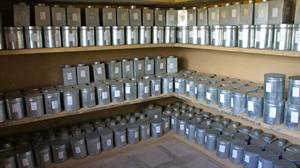
Acharya Jagadish Chandra Bose Indian Botanic Garden located in Kolkata was called Royal Botanic Garden earlier. This garden has a wide variety of rare plants and has a total collection of over \(12,000\) specimens. The area of the garden is over \(109 \ hectares\).
Seed balls
Seed balls are a mixture of soil (clay soil), compost, and plant seeds.
The balls are thrown into the soil or land area. With the start of the monsoon, the planted seed balls germinate into seedlings. The preparation of seed balls is a step that helps in conserving of the natural ecosystem.
Seed balls are prepared by non-governmental organisation and school children for the growth of trees to restore the ecosystem. The concept of seed balls increases the tree cover and creates awareness among people about plant conservation.
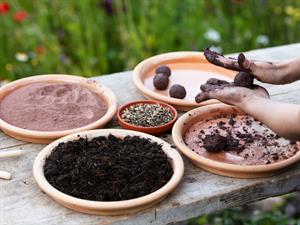
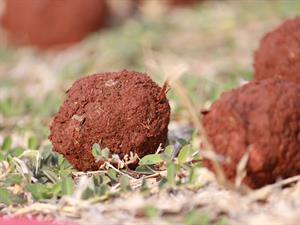
Seed balls
Heirloom seed
Heirloom seed is the plant seed that has been cultivated and passed down through many generations.
Heirlooms are planted in small, isolated communities that offer something of value to the grower. They are also called organic seeds. The seeds are commonly produced from open-pollinated plants. They transfer the unique characteristics to their descendants.
Heirloom seed are harvested, dried, and stored so that it can be replanted in the following season. The objective of heirloom seed preservation is to prevent changes that may influence the seeds. The flower and vegetable varieties should be kept isolated from other similar varieties to avoid cross-pollination and mixing of genes during flowering.
Some vegetable varieties are self-pollinated and grown with no danger of crossing. Synthetic fertilisers, herbicides, or pesticides are not used for organic seeds. Usage of conventional fertilisers, herbicides, and pesticides are followed.
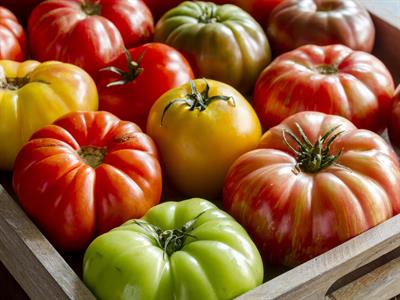
Heirloom tomatoes
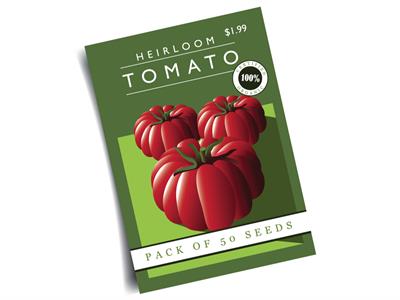
Heirloom seeds of tomatoes